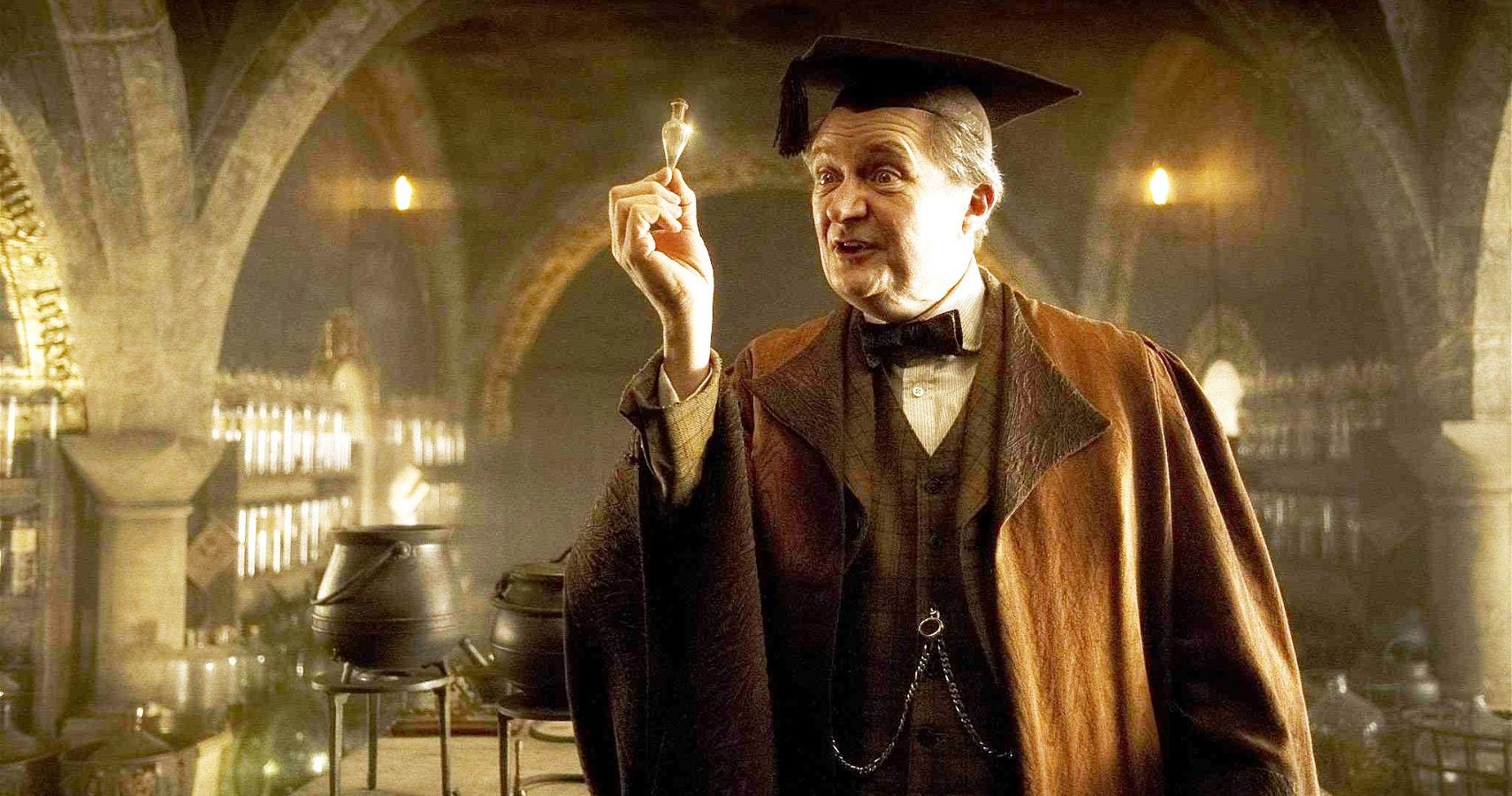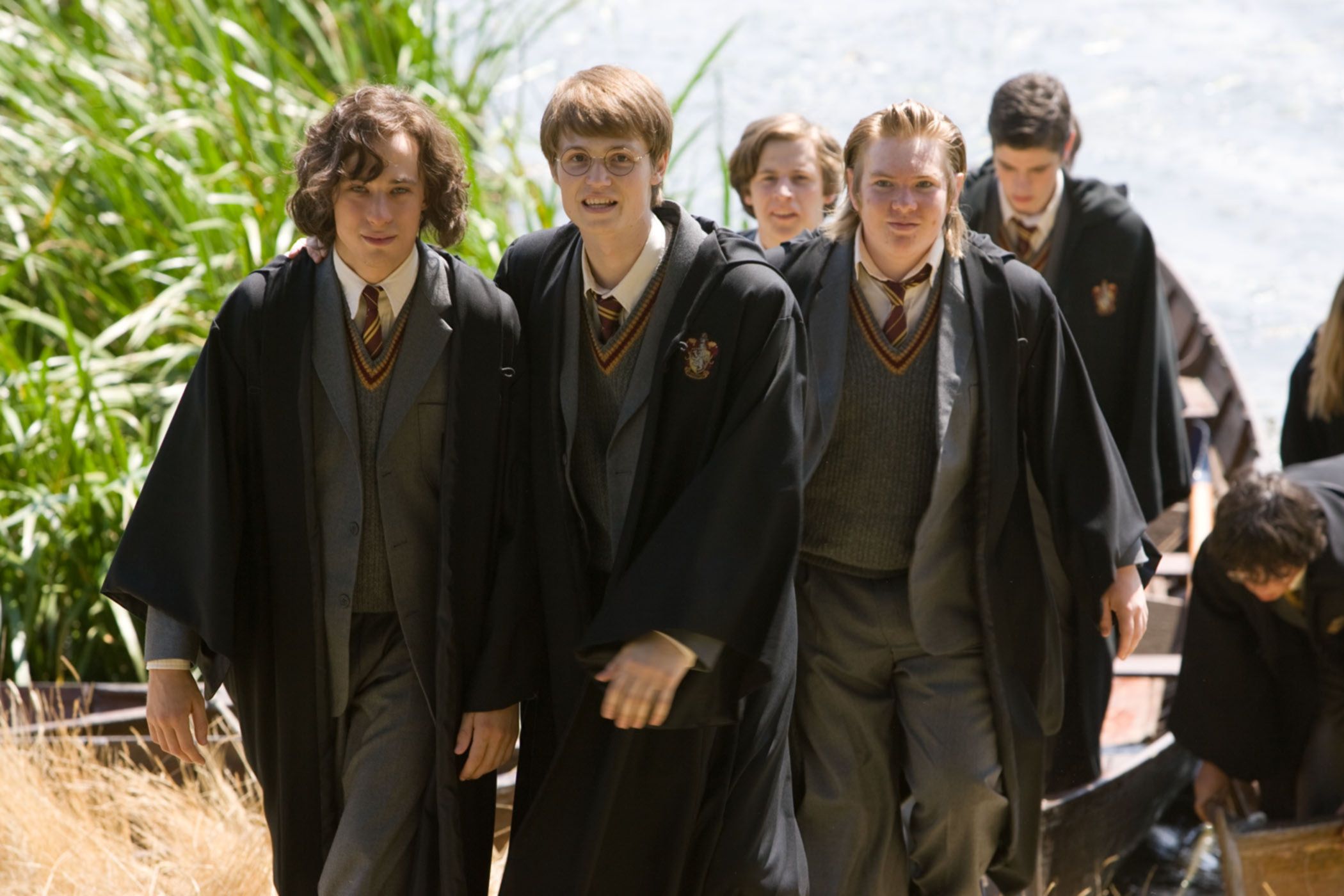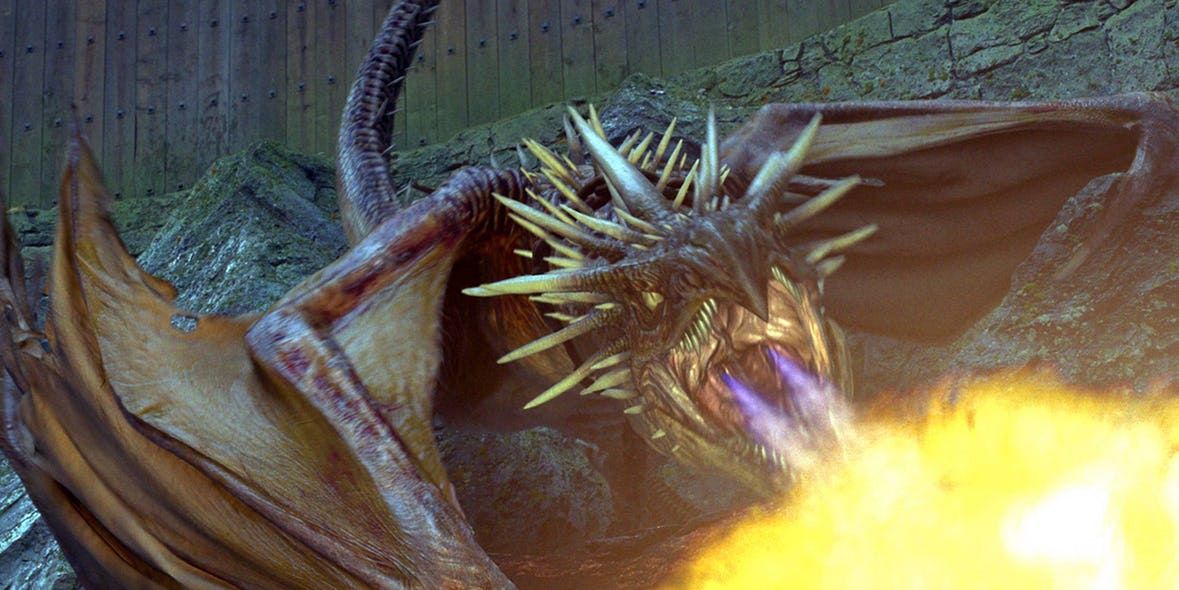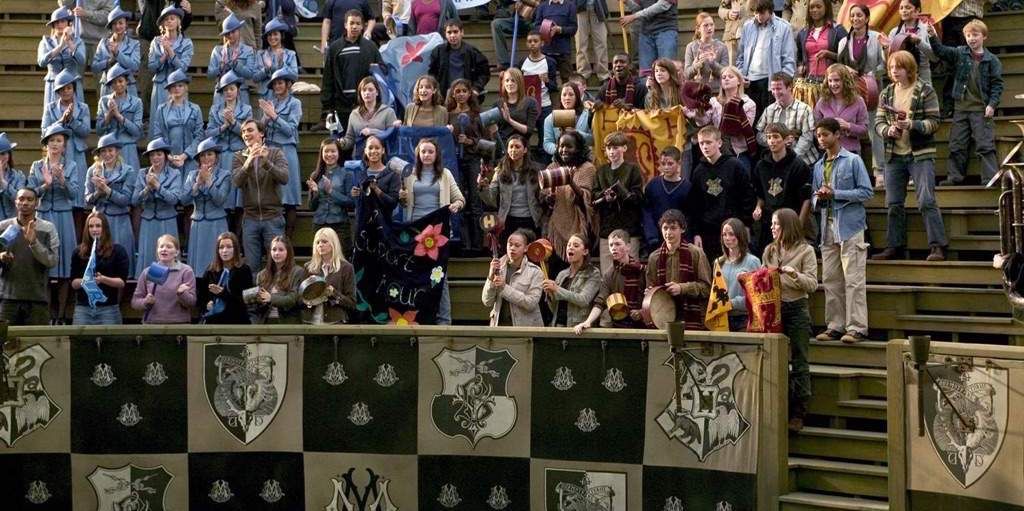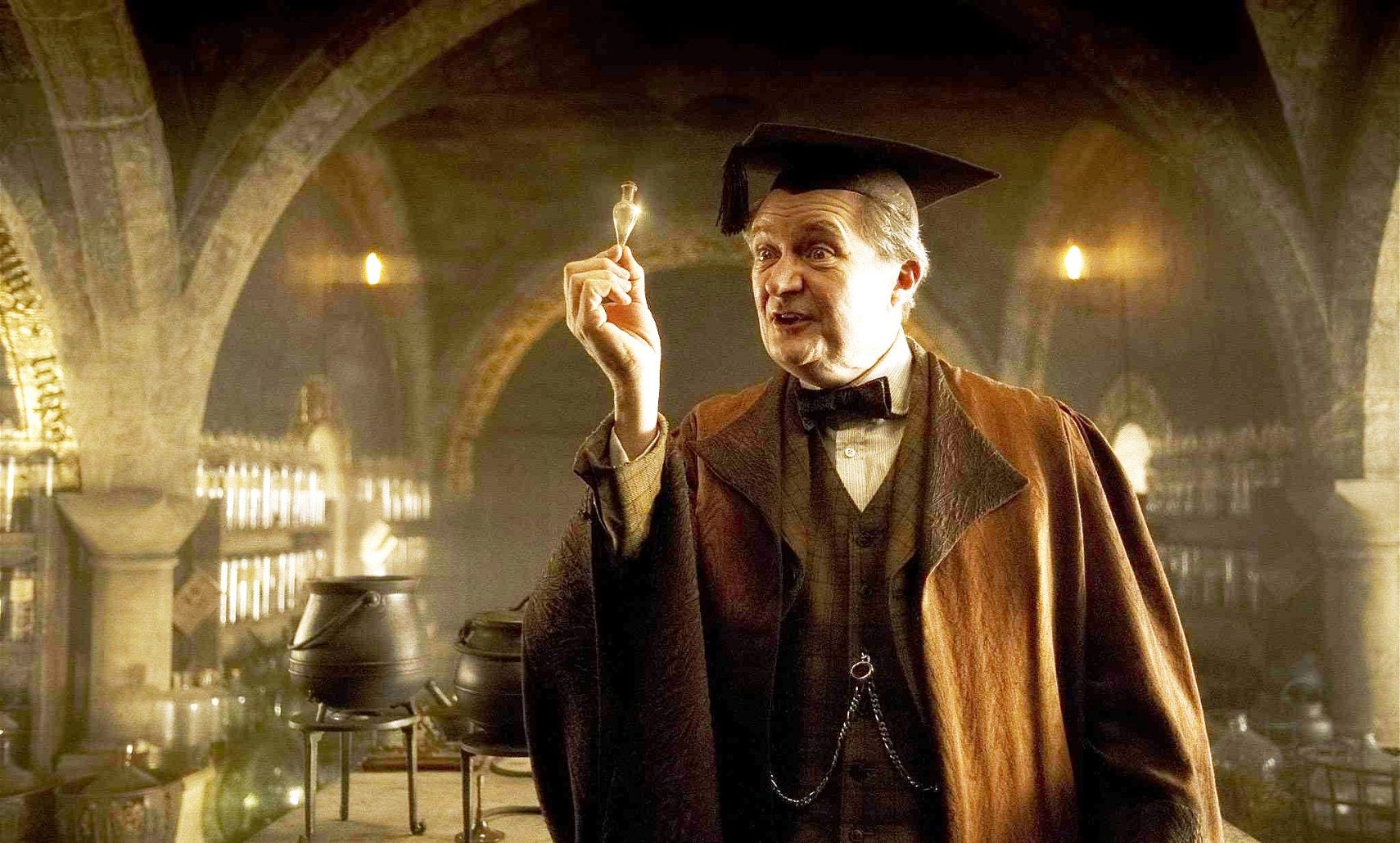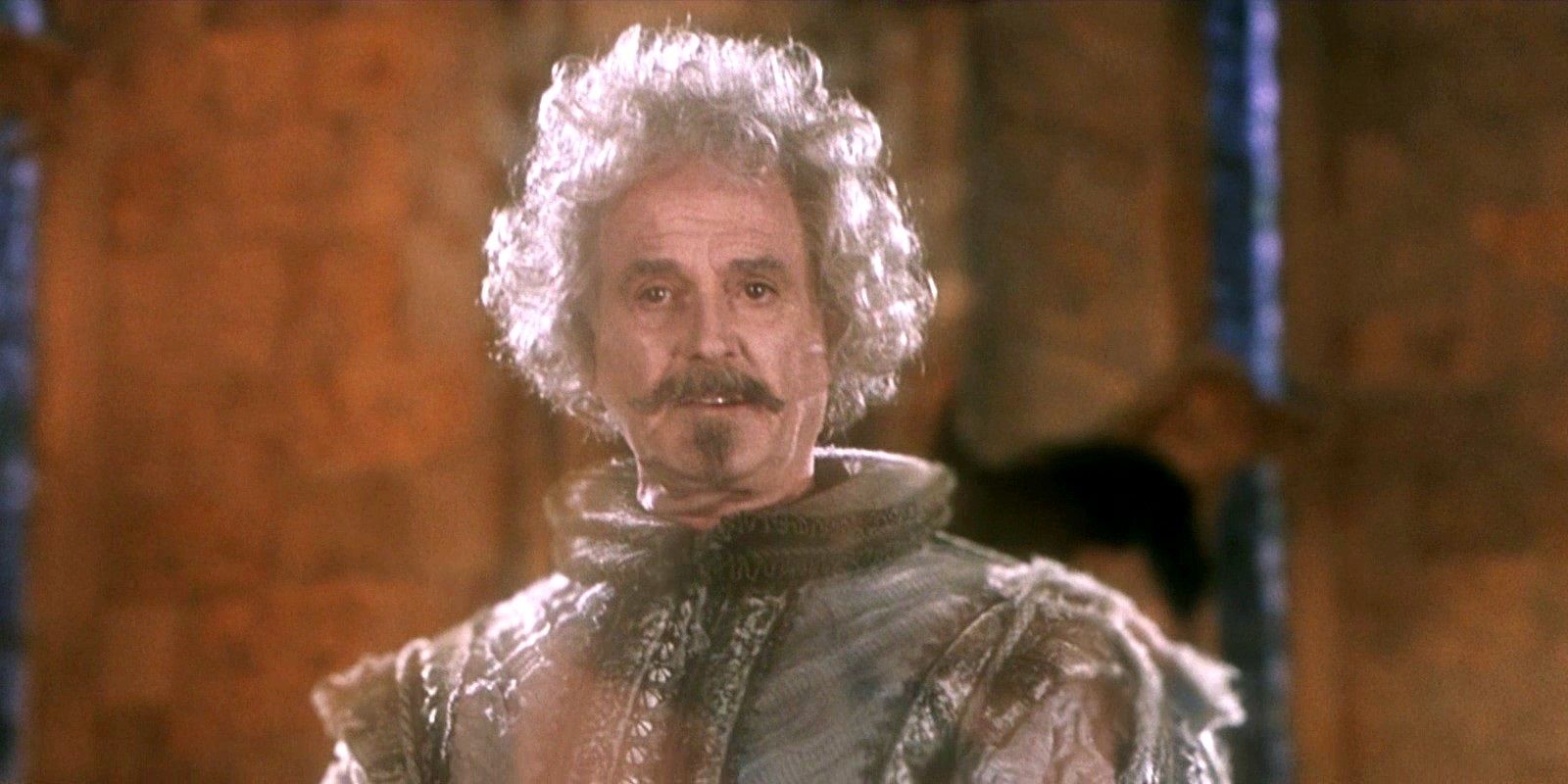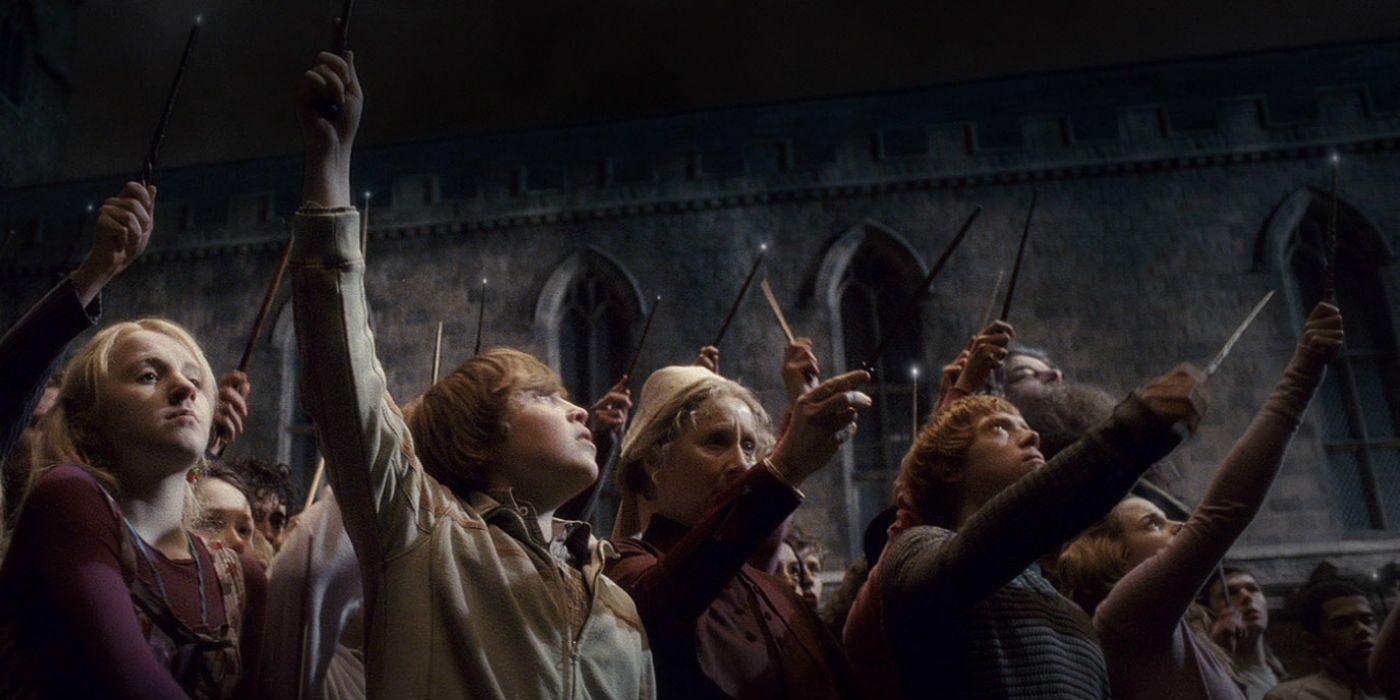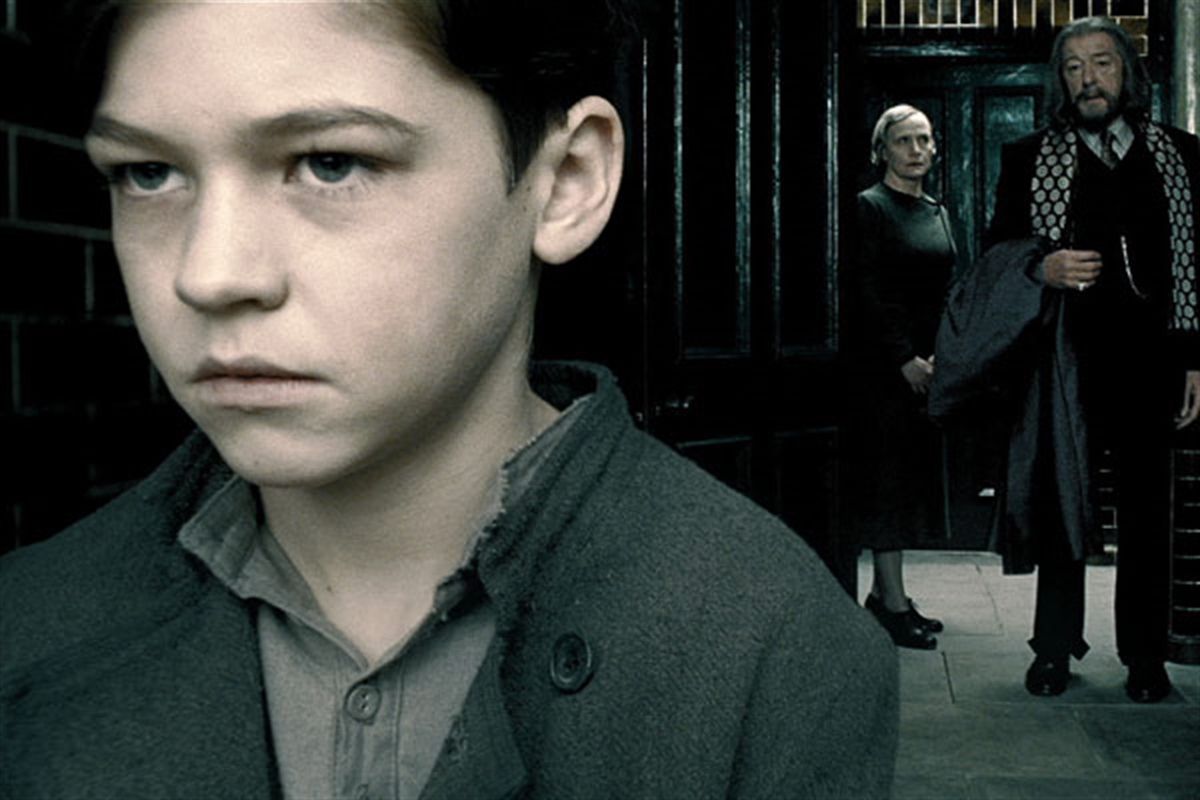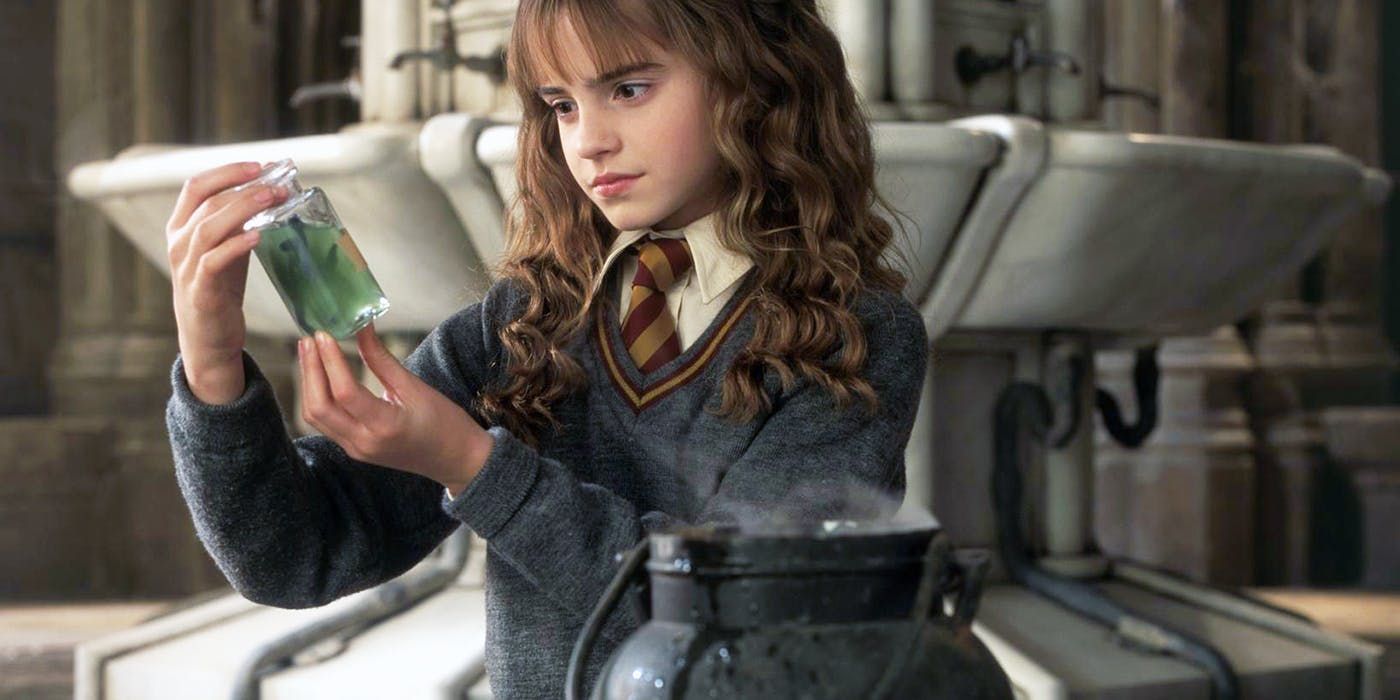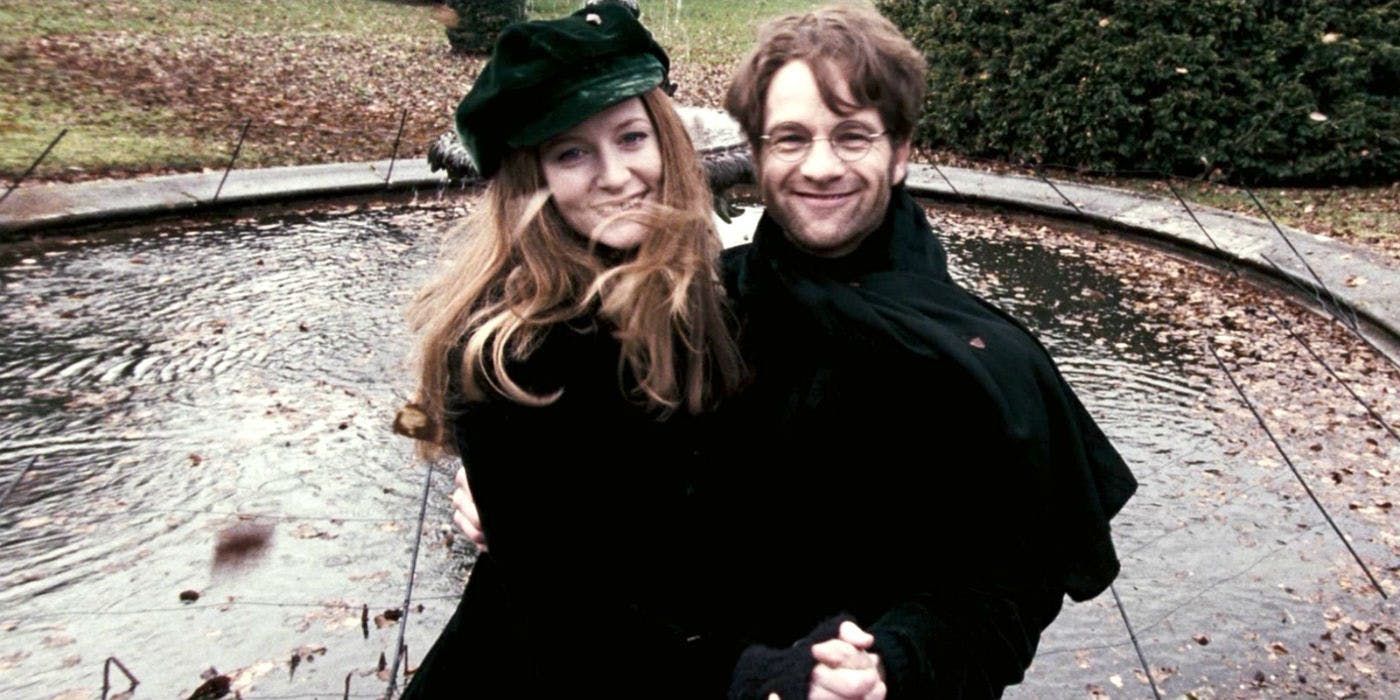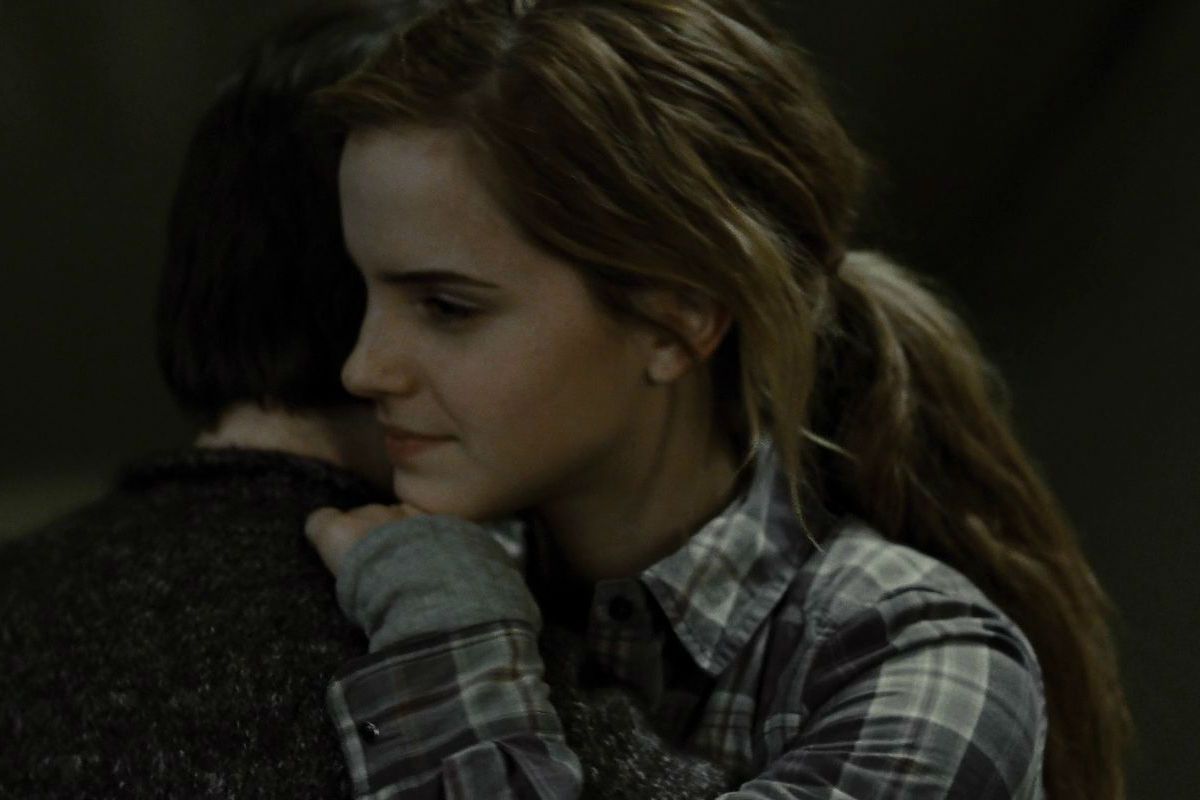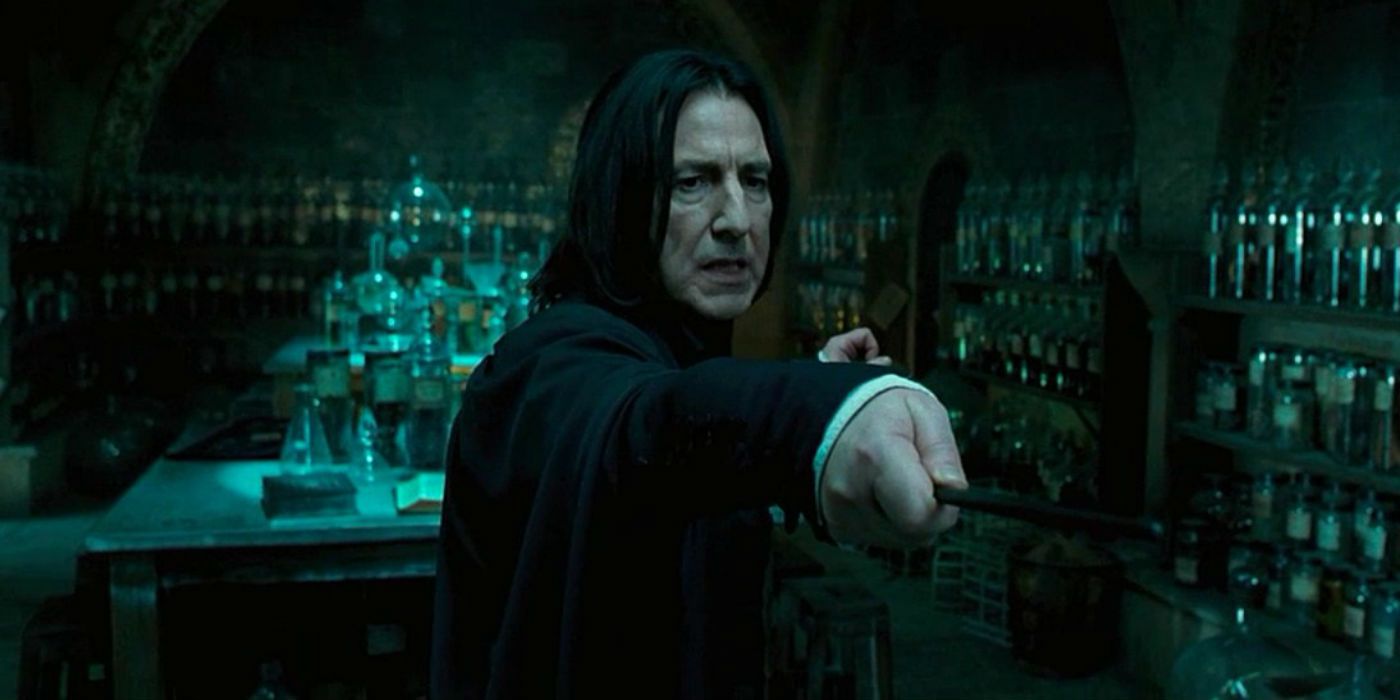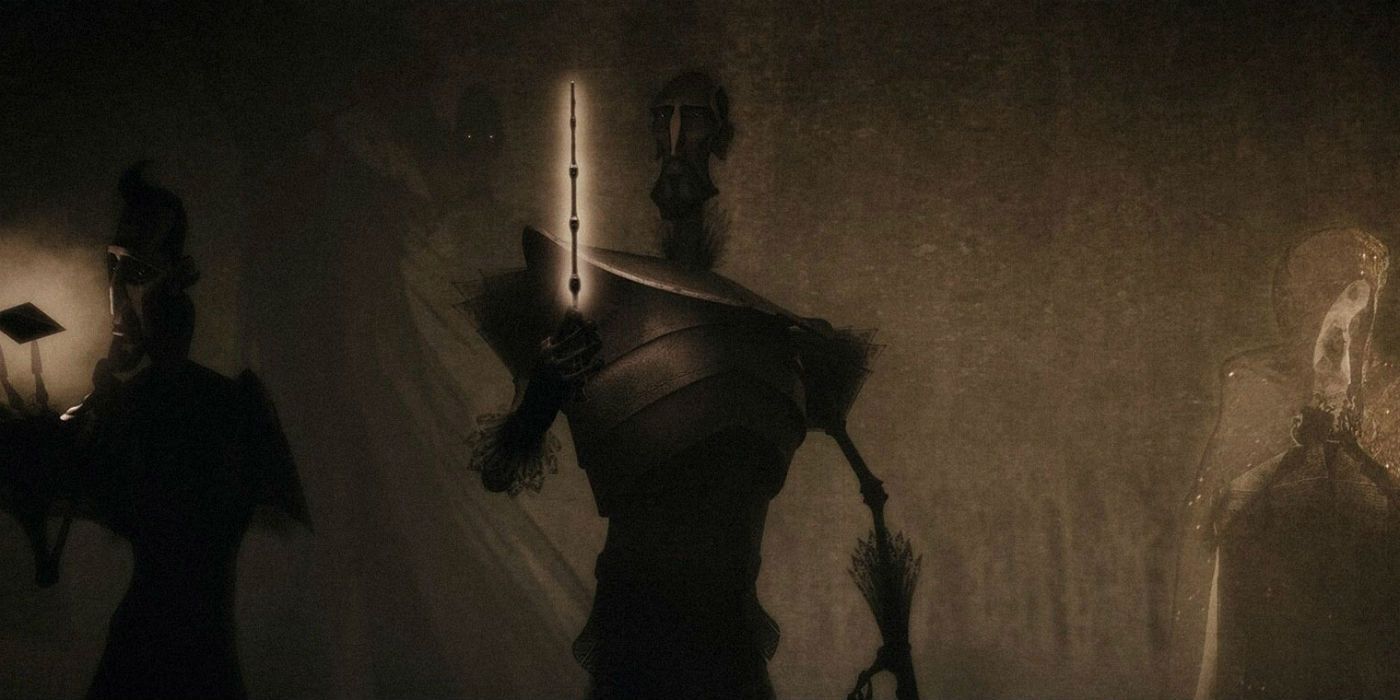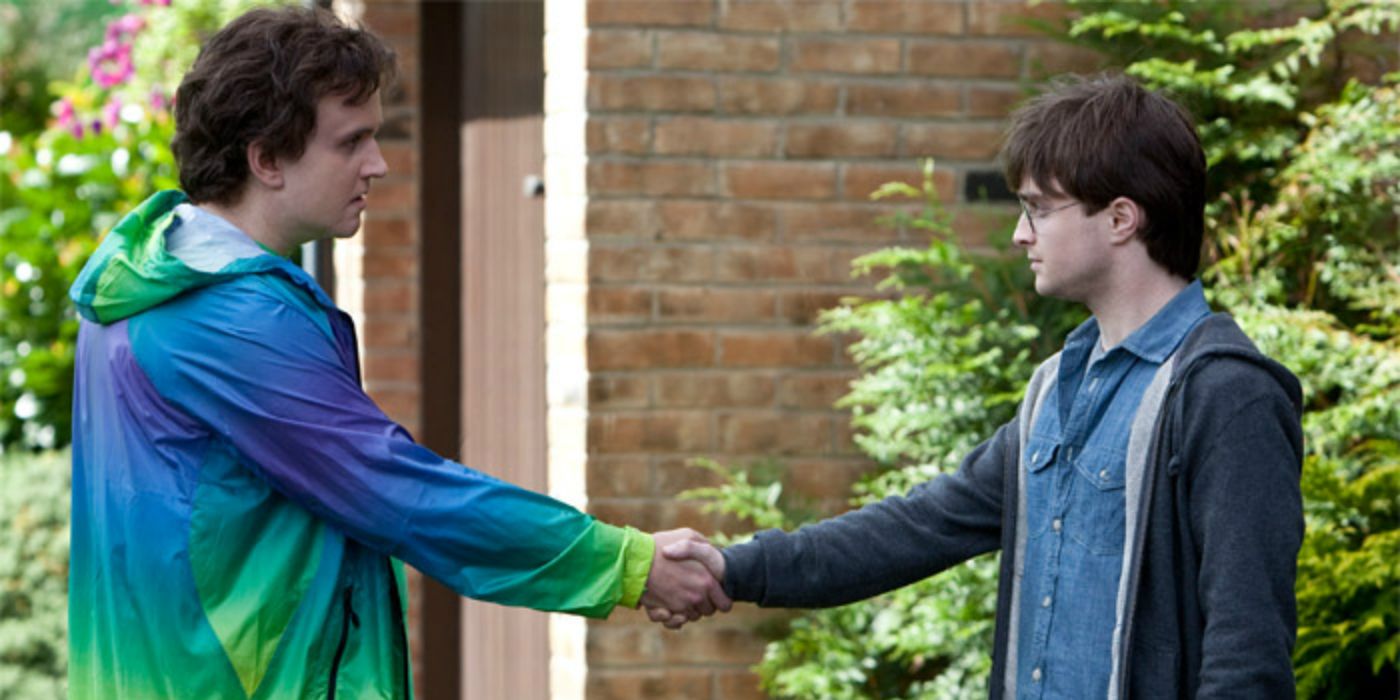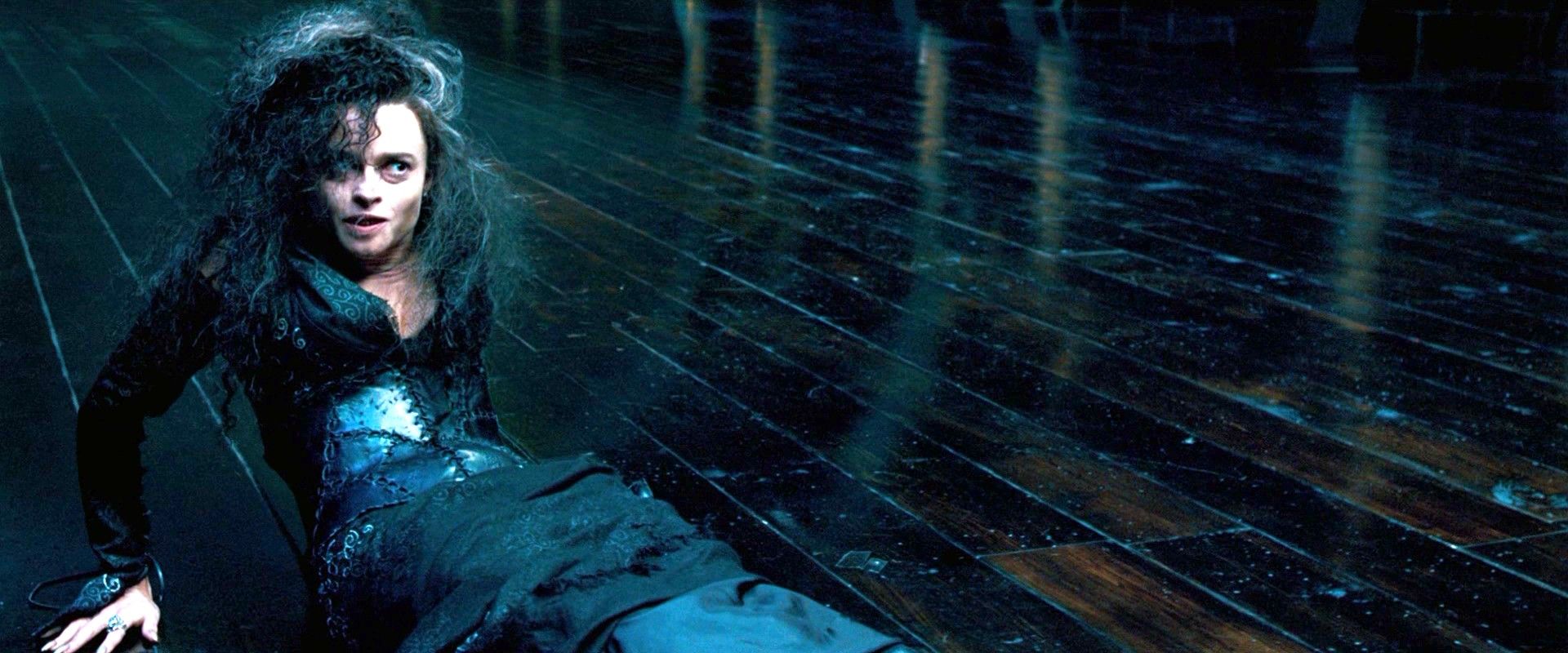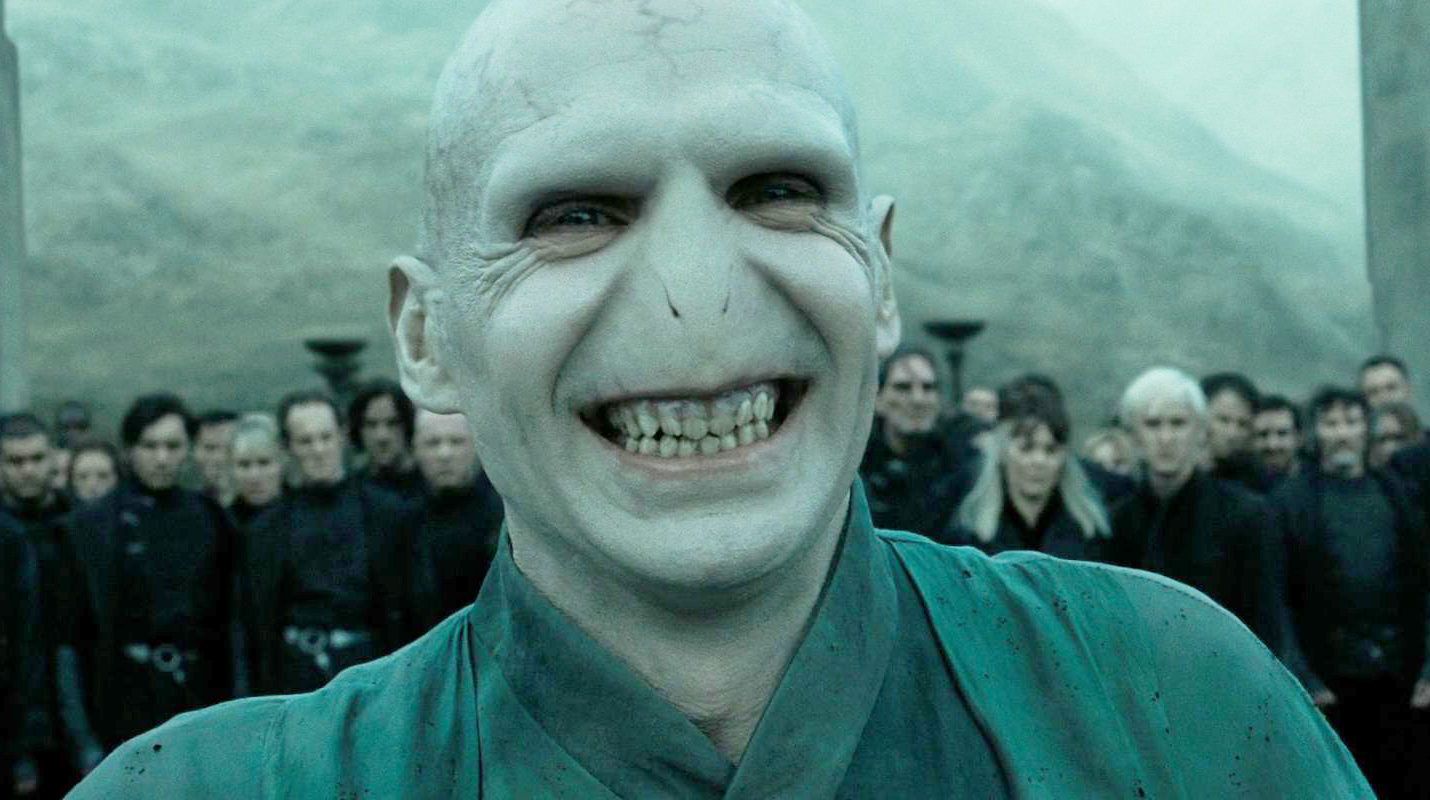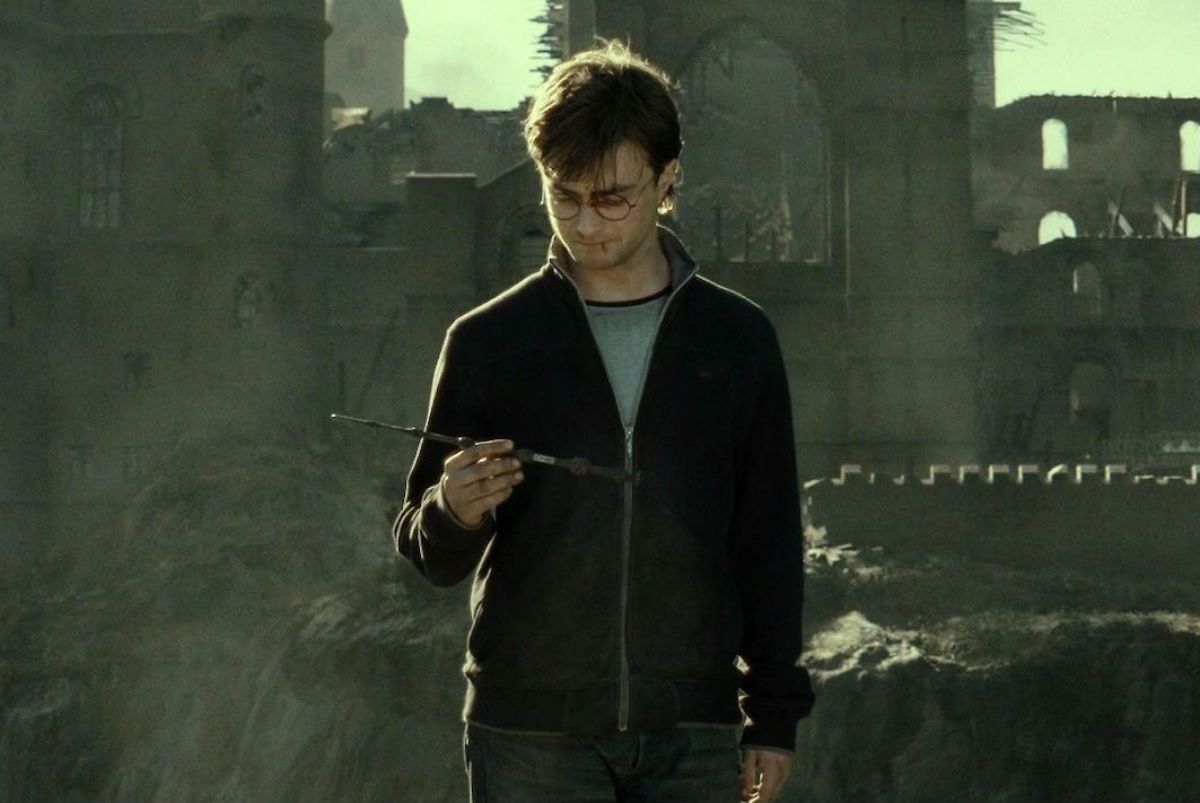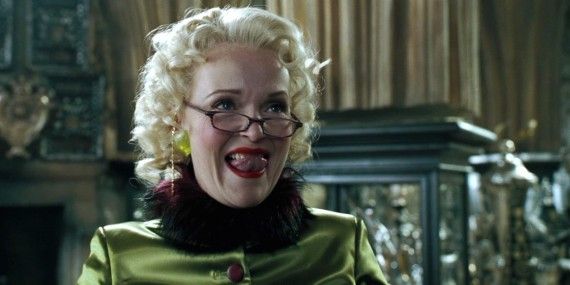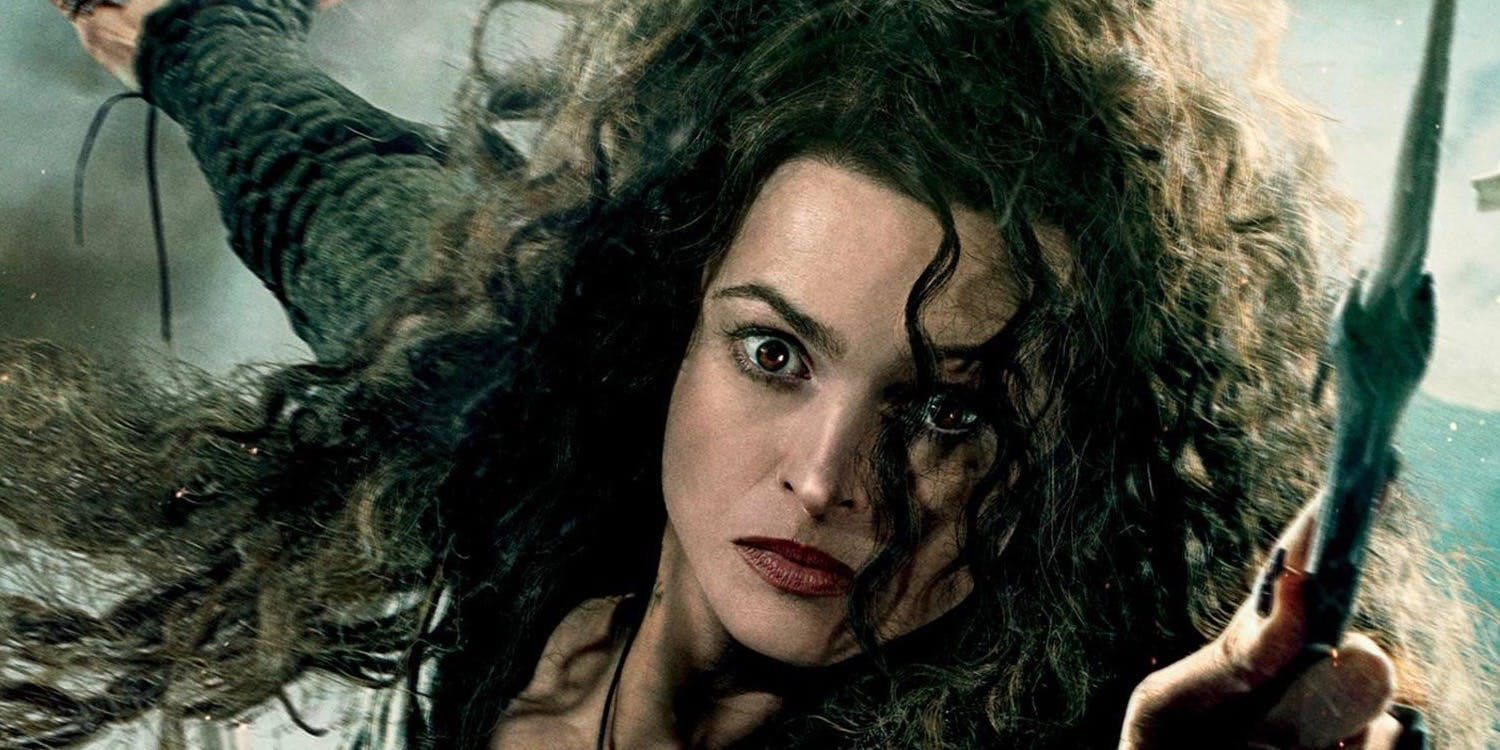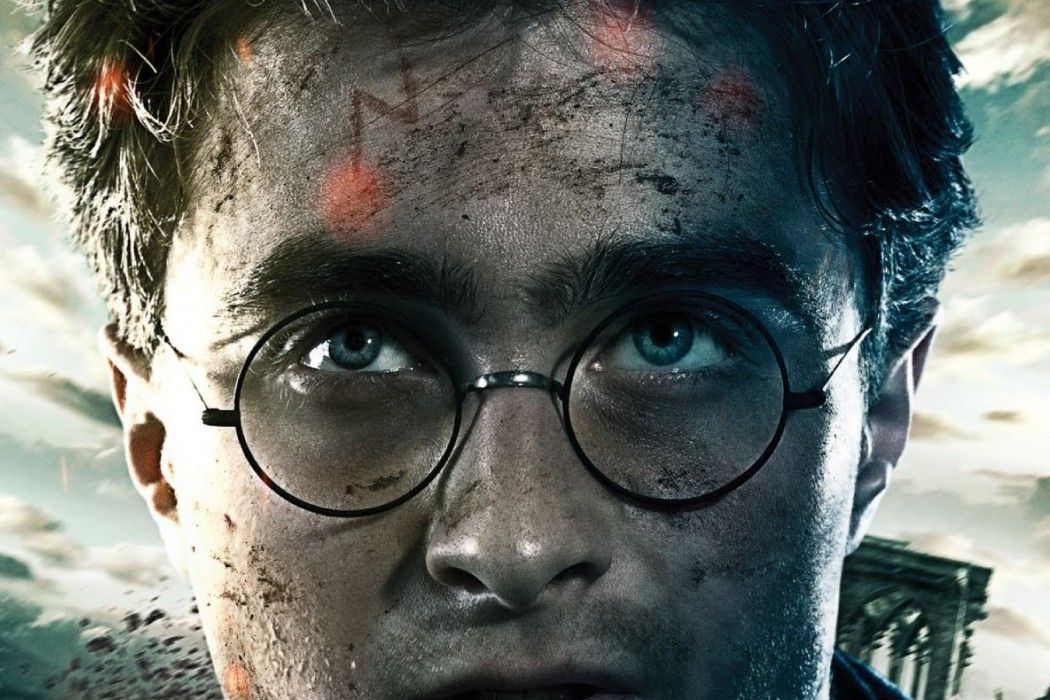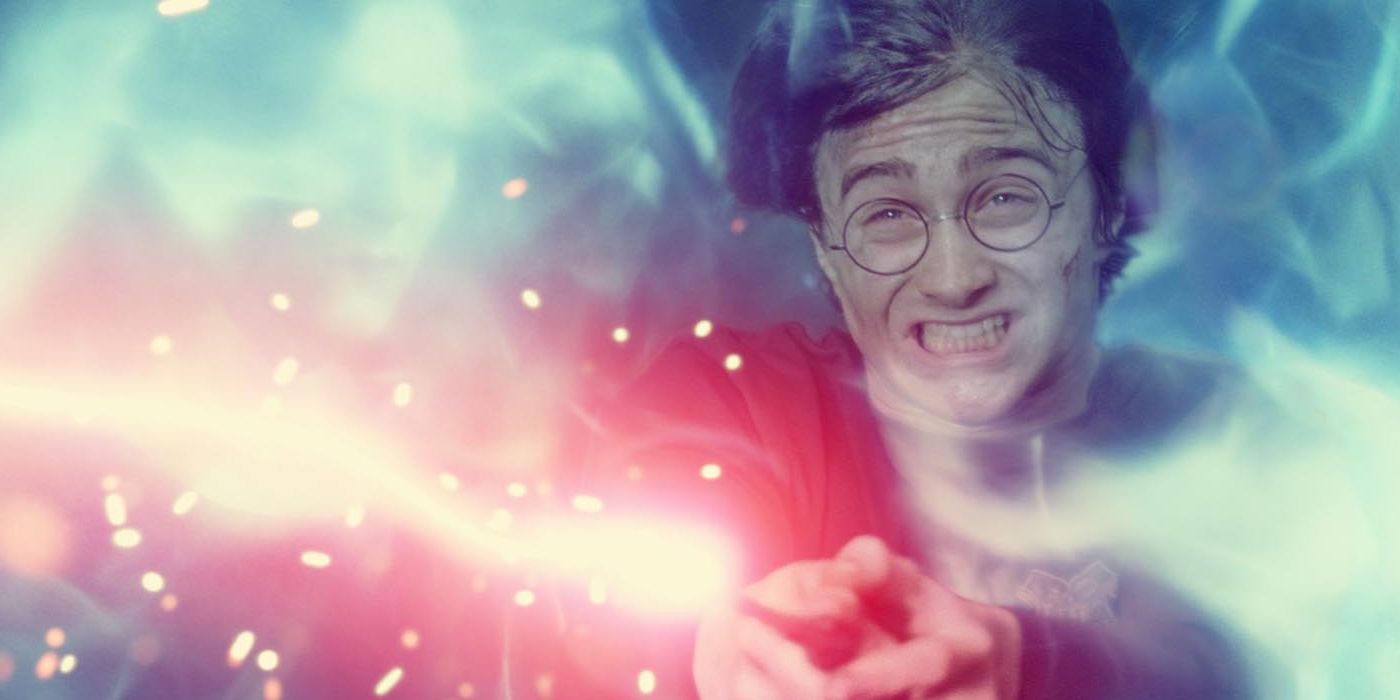Even though it's been over a decade since the book release of Harry Potter and the Deathly Hallows technically brought an end to the Boy Who Lived's unforgettable story, Potterheads have had plenty of reasons since then to stay obsessed with J.K. Rowling's wizarding world. The Fantastic Beasts films, the screenplay for Harry Potter and the Cursed Child and Rowling's occasional Pottermore updates have helped fans feel like they've never truly said goodbye to Harry and his friends, so it's no wonder that the Potter craze is as strong now as it's ever been.
Fan reactions to some of these latest additions to Rowling's wizarding world have been mixed, and most Potter-enthusiasts agree that nothing can quite compare to the author's original seven Harry Potter novels. That being said, the eight Warner Bros. films based on them were definitely the next best thing.
The Harry Potter films brought the students, professors and enemies of Hogwarts to life in a way readers never imagined possible. The response to each movie was overall incredibly positive, but fans were still quick to point out any differences between the films and Rowling's original content. Some of the creative changes made from page to screen went extremely well with even the most dedicated fans and helped enhance the viewing experience, but some alterations and additions to Rowling's words were met with outrage from those who wanted the films to be identical to the books. Here are 10 Things The Harry Potter Movies Did Worse (And 10 They Did Better).
DID WORSE: THE MARAUDERS
Those who read Rowling's Harry Potter novels know that "Moony, Wormtail, Padfoot, and Prongs," the authors of the Maurader's Map which allowed Harry to track the movements of professors and fellow students in Hogwarts, were the code names of Remus Lupin, Peter Pettigrew, Sirius Black, and James Potter, respectively. This was an important plot detail, but the films never seemed to bring it up.
In fact, very little time was spent in the films delving into the histories of Harry's dad and his Hogwarts best friends. Fans who solely watched the movies never even learned that Harry's dad could turn into a stag, or that Sirius and Wormtail first acquired the ability to turn into animals to help a teenage Lupin deal with his werewolf transformations. Some details had to be cut for time, but removing the Mauraders so completely was a poor decision.
DID BETTER: THE HUNGARIAN HORNTAIL
When Harry faced off against the imposing Hungarian Horntail in the first Triwizard Tournament task of the Goblet of Fire novel, he surprisingly cruised through the challenge without much difficulty by simply summoning his broom and flying right by the dangerous but nesting dragon. In the film adaptation, however, the Horntail was a far more impressive threat.
The massive dragon was able to actually break free of its chains and chase after the young wizard as he flew on broomstick all around the grounds of Hogwarts School of Witchcraft and Wizardry. This change made the task far more interesting to watch and brought even more action to one of the most intense installments in the franchise.
DID WORSE: THE THIRD TRIWIZARD TASK
While the film version of the first Triwizard task was more exciting than the book's take on that same scene, the Goblet of Fire movie's third task was far inferior to the complex maze readers were treated to in the novel. In the book, the maze was filled with unique beasts like Blast-Ended Skrewts and a riddle-loving Sphinx, but in the film, the Beauxbatons, Durmstrang, and Hogwarts champions simply navigated some very dark and ominous hedges.
The gloomy task did fit the hopeless tone of the movie's final few scenes and set up the epic graveyard showdown between Harry and Lord Voldemort which began shortly after the Boy Who Lived and Cedric reached the Cup at the maze's conclusion, but some readers were still disappointed that the task was altered so dramatically.
DID BETTER: FELIX FELICIS
In Half-Blood Prince, fans were introduced to a potion known as Felix Felicis, otherwise known as Liquid Luck, which makes its drinker lucky for a period of time. In both the novel and its film adaptation, Harry used hand-written tips found in an old Potions textbook to help him win this prize from Professor Slughorn and later used it to help him convince Slughorn to give him valuable information about Voldemort's Horcruxes.
In the movie, Felix had an additional effect that Potter fans weren't quite expecting—drinking it made Harry appear to be tipsy and helped him loosen up in a way that was very new and comedic for Daniel Radcliffe's character. This change to the text was welcomed with fans, as it added some much-needed humor to an otherwise somber and dark film.
DID WORSE: THE HOGWARTS GHOSTS
Fans who only watched the Potter films got their fair share of Moaning Myrtle, the constantly-crying teenage spirit that haunted the girls' bathroom, but they didn't see much of Hogwarts' other iconic ghosts. Nearly-Headless Nick was only briefly introduced in Sorcerer's Stone and viewers didn't even get to witness the party in which Harry helped celebrate the anniversary of his passing. And Peeves was nowhere to be seen in any of the eight films.
Peeves was actually a fan-favorite character in the books because he loved playing hilarious pranks on the students and professors of Hogwarts. The decision to reduce some ghost screen time was understandable, but fans will never forgive the writers' decision to eliminate Peeves entirely.
DID BETTER: DUMBLEDORE'S FUNERAL
When Severus Snape made the fateful decision to end Albus Dumbledore's life at the end of Half-Blood Prince, fans were absolutely devastated because Dumbledore was one of Harry's greatest role models and most important father figures. In the book, his funeral was a very quiet and slightly forgettable event that didn't seem worthy of such an important character. The film's take on the beloved headmaster's funeral, however, was far more emotional.
One by one, the professors and students of Hogwarts lit their wands and rose them up into the air as a tribute to their fallen leader. This brought light to one of the darkest moments in the entire franchise and was the tribute Dumbledore deserved.
DID WORSE: TOM RIDDLE'S BACKSTORY
A hero is often defined by the strength of his villain, and Lord Voldemort is definitely one of the best antagonists ever written. J.K. Rowling did a great job explaining to readers exactly why the Dark Lord was so incapable of love and went down the evil path he took in life, but the films didn't spend nearly enough time delving into his rich backstory.
Only readers know about his mother Merope Gaunt, the pitiable witch who fell for a Muggle and used a love potion to try to win his heart. Young Tom Riddle was thus born the product of false love, so he was never able to feel love himself. Tom grew up alone in an orphanage, unaware of his wizarding heritage and confused about his great power. These were incredibly important details that the movies just deemed inessential.
DID BETTER: HERMIONE OBLIVIATING HER PARENTS
Hermione Granger's Muggle parents were incredibly proud and accepting of their daughter's identity as a witch and they had a great relationship with her. That's why it was so heartbreaking for readers to discover in the final Harry Potter novel that she erased their memories of her and magically gave them entirely different identities, in order to protect them from Voldemort and his minions.
This sad moment was just briefly mentioned in the book, but viewers actually got to see it happen in Warner Bros.' adaptation as it was the very first scene of Deathly Hallows – Part 1. Starting the film this way allowed the director to set the hopeless tone immediately, and brought even more weight to Hermione's decision as she was erased from each of the family's pictures one by one.
DID WORSE: AGEING HARRY'S PARENTS
Lily and James Potter spent the first few years together at Hogwarts butting heads within Gryffindor House, but when James finally started acting like a gentleman instead of a mere prankster, their relationship picked up steam very quickly. They were fully in love by the time they graduated, and they got married and had their son Harry shortly after. Their youth made their passing at Voldemort's hands even more tragic, but for some reason, the couple was made to be at least a decade older in the films.
Warner Bros. cast actors appearing to be in their mid-to-late 30's for Harry's parents, and their best friends Sirius Black and Remus Lupin looked similarly old. This decision lessened the significance of how young and inexperienced they all were during the first Wizarding War.
DID BETTER: HARRY AND HERMIONE'S DANCE
One of the most emotional and powerful moments of Deathly Hallows - Part 1 didn't actually take place in J.K. Rowling's novel. When Ron Weasley was overcome by the corrupting power of Voldemort's locket Horcrux and abandoned his best friends, the film versions of Harry and Hermione found themselves alone and completely depressed. When a slow song came on the radio, Harry tried to lighten the mood by asking Hermione to dance with him.
Some fans didn't love this scene because they felt it was too romantic of a moment for Harry and Hermione to share, but the scene was overall very well-received by viewers because it showed the depth of the seven-year friendship between two of the beloved franchise's central characters and helped them find some hope and happiness.
DID WORSE: THE HALF-BLOOD PRINCE
In Harry's sixth year at Hogwarts, he came across a Potions textbook which was filled with handwritten pointers and a variety of highly powerful spells. Harry used the book to excel in Professor Slughorn's class and even experimented with some of the Half-Blood Prince's self-created curses, despite several of his friends advising him to simply throw the book away.
Harry later found out that the Half-Blood Prince he idolized so much was actually his enemy and frequent tormentor, Severus Snape. The film did reveal this detail but neglected to explain why Snape came up with that name for himself. He was a half-blood, his mother's surname was Prince, and that noble-sounding title made him feel as important and powerful as "Lord" Voldemort.
DID BETTER: THE TALE OF THE THREE BROTHERS
While the final installment in the Harry Potter franchise primarily focused on the search for Voldemort's Horcruxes, the search for the three Deathly Hallows was also very important in both the last two films and the book they were based on. Harry and his friends learned the story of the Peverell brothers and the Elder Wand, Resurrection Stone and Invisibility Cloak from Luna Lovegood's father in the novel. In the film, Hermione narrated the story while reading a book in Xenophilius' home.
As Hermione read, the story was brought to life in an animation so viewers could follow along. This animation was visually stunning and helped make the important tale more memorable, so the change was universally praised by Potter fans.
DID WORSE: DUDLEY'S REDEMPTION
The Dursley family was absolutely horrible to Harry throughout his childhood. They forced him to live in a tiny cupboard under the stairs and treated him more like a servant than a member of their family. Dudley was as cruel to his cousin as his parents were, but after Harry saved him from some dementors, Dudley finally stopped bullying him.
In the book, when the Dursley family bid their final farewells to Harry, Dudley was very confused why his cousin wasn't going with them. Harry reminded him that Vernon viewed him as a waste of space, but Dudley redeemed himself by boldly standing against his father to say "I don't think you're a waste of space." This was a very important moment for his character that was reduced to a mere deleted scene in the films.
DID BETTER: THE ATTACK ON THE BURROW
Rowling's Half-Blood Prince novel is one of the series' least eventful, as it mostly just set up the battle between Harry and Voldemort in the next and final installment. There was no epic clash with the Dark Lord or his followers to keep fans entertained, so the film version completely made up a scene to ensure viewers would stay at the edge of their seats.
Bellatrix apparently got bored waiting for her master to enact his plan to take over the wizarding world, so she showed up at the Burrow to attack the Weasley family and burn down their home. Since fans had no idea this scene was coming, it brought a lot of suspense and excitement to Harry's otherwise slightly boring sixth year at Hogwarts.
DID WORSE: VOLDEMORT'S APPEARANCE
When Warner Bros. advertised Harry Potter and the Goblet of Fire, they made sure to keep Lord Voldemort out of their trailers to ensure his return would be as intense and dramatic as possible. Most fans were delighted to see Ralph Fiennes' brilliant take on the character, but some couldn't help but feel disappointed by his differences from Rowling's description of the Dark Lord.
According to Rowling, Voldemort is meant to have wide, livid, scarlet eyes with vertical pupils. These eyes made him look even more snake-like, but the film Voldemort didn't have them. Fiennes also lacked Voldemort's lipless mouth and large, spidery hands.
DID BETTER: HARRY AND THE ELDER WAND
Harry was never the most talented or powerful wizard, and his defeat of Lord Voldemort was largely thanks to the Elder Wand and its unique ownership rules. Voldemort tried using the powerful Hallows to end Harry's life, but his curse backfired because Harry was technically the wand's owner after disarming Draco Malfoy, who accidentally took ownership of it after disarming Dumbledore, its previous wielder.
When the Battle of Hogwarts was concluded, Harry was left in full possession of the Elder Wand. He refused to keep it in both the book and film, but in Rowling's novel, he chose to bury it with Dumbledore. In the movie, he opted to break the wand and throw away the pieces to ensure it could never be used again. This decision made a lot more sense.
DID WORSE: RITA SKEETER'S ANIMAGUS
There wasn't enough time in the films to go over all of the different tricks witches and wizards are capable of, but the failure to teach viewers about Animagi was unwise since they played such a big role in the books. Magical humans have the ability to shape-shift into animals, and Rita Skeeter loved to turn into a bug so she could spy on people for her Daily Prophet stories.
Skeeter did appear in the films and was her typical annoying and intrusive self, but she never revealed herself to be a secret Animagi. It wouldn't have taken much time at all to add this important character detail to Goblet of Fire.
DID BETTER: BELLATRIX AND HERMIONE
When Harry and Ron were locked away in the basement of Malfoy Manor, they was forced to helplessly listen as Bellatrix Lestrange attacked and tormented Hermione upstairs to find out how she'd taken something out of her vault at Gringotts. In the film, readers left the franchise's main character's perspective and actually got to see this happen.
Bellatrix cursed and brutalized Hermione, and when she refused to give up any information, Voldemort's most loyal and twisted follower carved the word "Mudblood" into Hermione's arm. Watching this happen made the moment so much more intense and significant.
DID WORSE: HARRY'S EYES
When Lord Voldemort sacrificed his "loyal" follower Severus Snape in an attempt to finally become the true owner of the Elder Wand, Snape used his last few breaths to beg Harry to look into his eyes. In the book, readers found out that this was because Harry's eyes were identical to Lily's, and Lily was the love of Snape's life.
In the film, however, Daniel Radcliffe's eyes were nothing like those of the woman who portrayed Harry's mother. This made Snape's plea of "look at me" very confusing and awkward and drastically reduced the significance of the professor's final request. It would have been easy to give Lily contact lenses to better resemble Harry, but Warner Bros. chose not to do that.
DID BETTER: HARRY'S WIZARD DUELS
Even though Harry learned a wide variety of spells and curses over the course of six years studying at Hogwarts, he only really used one spell whenever facing Lord Voldemort. "Expelliarmus" is a simple disarming spell which strips a witch or wizard of their wand, but to make Harry's duels look more interesting on the big screen, the films showed giant beams of red light exploding out of Harry's wand any time he uttered that word.
This was definitely a good choice because it brought a level of intensity to the Chosen One and Dark Lord's battles that didn't really appear on the pages of Rowling's novels. Harry's red beams of light clashed with the green beams from Voldemort's Unforgivable Curse in a manner that resembled the epic lightsaber battles of Star Wars.

